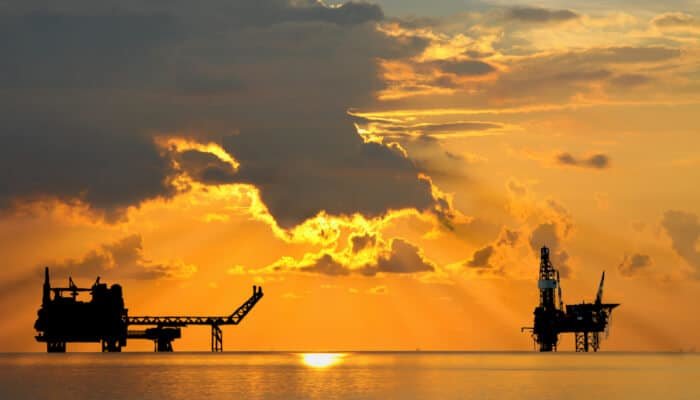
Two sources familiar with BP’s trading results stated that BP’s trading team earned at least $500million in the third quarter 2021. This was due to a gas crisis that left consumers and businesses smarter.
As the world economy recovered from the pandemic, natural gas and power prices rose to new heights in Europe and Asia in August. Energy consumption increased faster than supply.
The rally was fueled by low gas stocks following a cold winter, hot summer, and poor renewables output.
Protests in Spain erupted due to the increase in power bills. European governments were under pressure to find solutions to protect consumers, industry, and calm markets. The European Union failed to reach an agreement on a common response.
Sources said that BP’s gas trading results had been disclosed during an internal call with staff this month. They asked not to be identified because they are not authorized to talk to the media.
BP declined to comment on this story. The gains were made because customers in Europe, Asia and the United States rushed to purchase Liquefied Natural Gas from other countries to deal with shortages – a reversal in the situation that existed two years ago, when LNG producers were facing a global glut.
BP’s strong results in gas trading are likely to give an indication of how other international energy companies will be impacted by the global gas crunch. BP’s LNG and gas trading books are smaller than those of its competitors, Shell and Equinor. This could allow for even greater profits.
In their quarterly earnings, energy companies don’t usually disclose information on trading profits or losses. They typically only mention whether trading has had a positive or negative impact on overall financial results.
BP and Shell rely on trading cash flow to help them transition to a less dependent on fossil fuels.
Because they are more focused on power and renewable markets, which tend to have lower margins than those of oil and gas, they need to trade to make a profit. BP’s trading division made almost $4 billion in 2020 profits. This is nearly equal to the record-breaking trading profit of 2019.
Shell claims that its oil production has topped and the company has promised to reduce oil and gas production. Both companies claim they are expanding trading, and that they still make billions of dollars per year transporting oil and gas around the world.
Although BP intends to expand power and renewables trading, many markets are highly regulated so it is unlikely that they will deliver the same profit margins as oil and gas.
The bulk of BP’s profits last year were made in oil. After the price initially fell due to the global lockdown on fuel demand, it recovered and rallied through 2021, bringing oil prices back to their highest level since 2014.
One of the most important trading strategies in 2020 was to store oil, buy it at low prices and then sell it later when prices recover. Natural gas has performed equally well this year due to the market turmoils that caused the Chinese power shortage and tight European supplies.